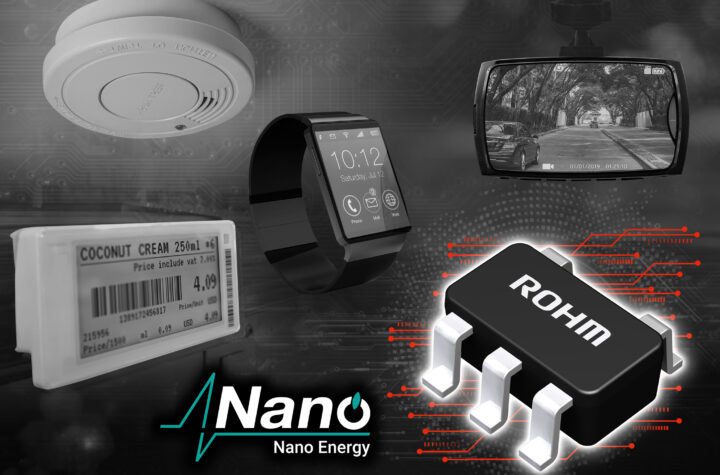Proven sensors which are already installed in millions of vehicles on the road are being included in systems with solid-state light detection and ranging (lidar) technology to speed up its commercialisation while improving reliability and reducing manufacturing costs.
Disrupting the development of conventional mechanical lidar devices with its solid-state XenoLidar model is Belgian company XenomatiX. Automotive Industries (AI) asked Filip Geuens, CEO of XenomatiX, what differentiates the XenomatiX approach from others in the market.
Geuens: Reliability is the key word. Up to now none of the technology has been able to meet automotive reliability standards. XenomatiX started its development from a blank sheet of paper to fully meet automotive requirements. The team had a track record in optical metrology and in technology start-ups. All of this led to a solution that meets these reliability requirements and, of course, at an affordable cost. Reliability has different meanings, which I like to group in following four aspects:
- Construction reliability: automotive companies don’t like sensors with moving parts. XenoLidar is fully solid state.
- Technology reliability: automotive companies need solutions
based on proven technology. XenoLidar uses technology that is already produced in hundreds of millions of units per year.
- Detection reliability: a lidar system is needed that works in all weather conditions (rain, snow and fog!)
- Interference reliability: in production cars a lidar system cannot get confused by other, identical or similar systems.
AI: Will XenoLidar bring down the cost of lidar?
Geuens: It will. The maturity of the underlying technology in XenoLidar makes it very realistic to meet automotive expectations in terms of cost. Precise, high-resolution 3D data is a necessity for the evolution to self-driving cars. Radar does not offer enough resolution and cameras are too weather dependent. That is why the automotive industry is pushing hard for a solid state lidar. XenoLidar is ticking all the boxes, including cost.
AI: What impact do you think lidar will have in the semi-autonomous driver scenarios?
Geuens: The automotive industry will have to gain more experience with lidar technology. We expect solid state lidars will initially be added to sensors such as radar systems as a redundant sensor for semi-autonomous applications. Soon the higher resolution of the lidar will make it the primary sensor. Other sensors will remain on board for redundancy reasons and to further increase detection reliability. This path will gradually lead to the required confidence in surround sensing, which is the key for the evolution to full self-driving cars.
AI: What OEMs are leading the change in the autonomous driving landscape, and how do you work with such companies?
Geuens: In my opinion there are three companies at the forefront of the market: Tesla gave the traditional OEMs a wake-up call by daring to launch Autopilot. One can debate whether it’s brave or reckless. At least they deserve a nomination as true game-changers. Google has proven Lidar is instrumental for Level 5 automation and are the ones with most Level 5 expertise (read: mileage) on public roads. Daimler’s F015 concept car gave us a view of the customer experience self-driving cars could bring.
But it must be said that OEMs are not easy to work with. They have seen a lot of initiatives and understand how difficult it is to take them to market. Yet we enjoy working with the companies as they challenge us. The fact they are interested in working directly with a technology company like XenomatiX proves the relevance of our offering and of the importance of lidar systems achieving Level 5 autonomy.
AI: What are XenomatiX’ automotive offerings and how do you approach OEMs and Tier I suppliers?
Geuens: We decided to first develop samples before making marketing buzz. This allows us to approach OEMs and Tier Is with a working solution and demonstrators. We did this in incremental steps. With XenoTrack we proved our unique concept works outdoor. Next, with XenoLidar, we extended the working range. We only announced these products after collecting physical evidence (read: measurement data) under real driving circumstances. Many customers appreciate that our live demonstrations are as good as what our slideshows claim. During a recent roadshow in Europe many lidar specialists confirmed our solid state lidar is state of the art. Clearly, we have work to do, but credibility and reliability are the fundamentals for building up automotive business. This being said, the chicken and egg problem between OEMs and Tier Is is still there. Many are interested in new technology, but it takes leaders and visionaries to set things in motion. AI: How are advanced driver assistance systems (ADAS), connected car and autonomous drive technologies evolving and how is XenomatiX disrupting the technologies in these fields?
Geuens: As a company we move fast, but are realistic enough that new technology requires adoption. Even though we are trying to make a living from self-driving cars we believe this evolution will take longer than what automotive marketing is suggesting. Look at the penetration of fully electrical vehicles: it is way lower than what was forecasted 10 years ago. Surely there will be self-driving cars soon, but with a lot of restrictions and disclaimers, so no real Level 5.
The good thing is that “3D sensing” holds the key enabler for higher automation. Connected cars (V2V, V2X) and high definition maps are useful and necessary auxiliary tools, but surround sensing by the vehicle itself is the most instrumental feature for making a car drive without human assistance. Sensors are the eyes for observing the environment. Also brains are required for fusing and interpreting the inputs. Based on this, the car knows where to go.
Connected cars are good for sharing information, but if only that information is reliable. ADAS is a relevant intermediate step to reduce the number of human mistakes. But we had better evolve to full automation as soon as possible to save lives. My children cannot read maps anymore, but I just finished teaching them how to drive. My grandchildren may even not have to build up that skill. And, for their children, driving will be forbidden or restricted to fun parks.
AI: How has your geographical location in Flanders helped your company grow?
Geuens: In addition to beer and chocolates, Belgium has modest, multilingual people who cooperate comfortably with any nation. We consider the world to be flat. That mindset leads to good interaction with many (automotive) parties. Also the support of Flemish government for technical innovation is worth mentioning here. Our strategy will be to evolve to a Tier 2 position by maturing our technology in cooperation with leading partners








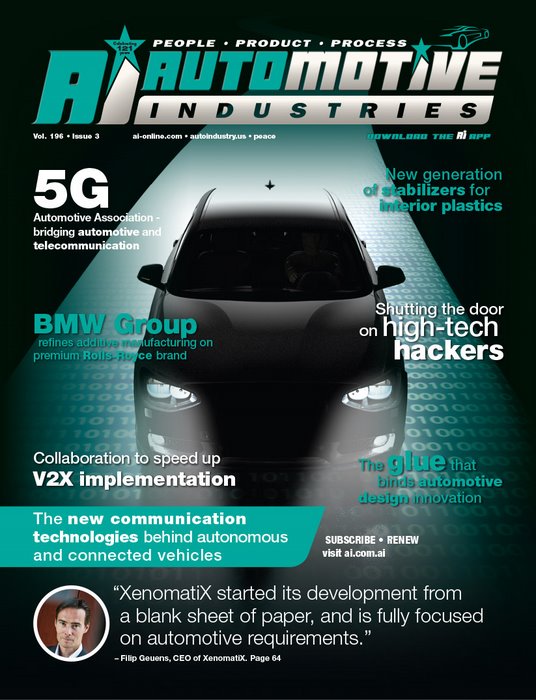





































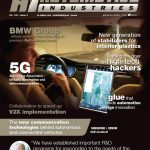 Multiple choices for connecting semi-autonomous and autonomous vehicles
Multiple choices for connecting semi-autonomous and autonomous vehicles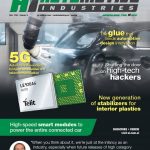 Cost-effective road to higher LTE speeds for OEMs and Tier 1s
Cost-effective road to higher LTE speeds for OEMs and Tier 1s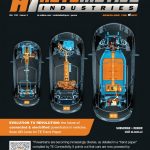 New generations of sensors and connectors to keep wheels moving
New generations of sensors and connectors to keep wheels moving Engage IoT Experts: Telit IoT Innovation Summit Barcelona
Engage IoT Experts: Telit IoT Innovation Summit Barcelona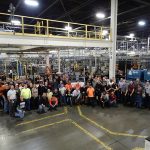 KUKA produces two millionth Jeep Wrangler body-in-white
KUKA produces two millionth Jeep Wrangler body-in-white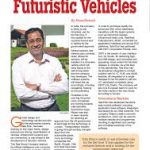 Tata Elxsi Wins the Supplier Excellence Award from Jaguar Land Rover
Tata Elxsi Wins the Supplier Excellence Award from Jaguar Land Rover



